The Samudra Manthan story at Angkorwat
The story of Samudra Manthan (churning of the ocean) originates from Indian mythology and is described in the books like Bhagvata Purana, Vishnu Purana and Mahabharata . All these books are considered as directional in Hinduism. The books describe how the Devas (gods) and the Asuras (demons) churned the ocean under the aegis of Vishnu, to produce the divine elixir of immortality ( Amruta). Hinduism spread to many countries during the ancient times. and the depiction of Samudra Manthan story at Angkor Wat is a testimony to that.
The southern section of the east gallery of Angkor Wat adorns the Samudra Manthan or the Churning of the Ocean episode. This carving depicts 88 asuras (demons) on the left, and 92 devas (gods), with crested helmets, churning up the sea to extract from it the elixir of immortality (Amruta). The demons hold the head of the serpent Vasuki and the Gods hold its tail. At the centre of the sea, Vasuki is coiled around Mt Mandara, which turns and churns up the water in the tug of war between the demons and the gods. Vishnu, incarnated as a huge turtle, lends his shell to serve as the base and pivot of Mt Mandara. Brahma, Shiva, Hanuman (the monkey God) and Lakshmi (the Goddess of wealth and prosperity) all feature in the carvings.
Legend behind Samudra Manthan
Once Indra – the King of Gods, while riding on an elephant came across sage Durvasa who offered him a special garland. Indra accepted the garland but put it on the trunk of the elephant. The elephant was irritated by the smell and it threw the garland on the floor. This enraged the sage as the garland was a dwelling of Sri (fortune) and was to be treated with respect. Durvasa Muni cursed Indra and all devas to be bereft of all strength, energy, and fortune. Post this incident, devas lost all the battles to asuras and the asuras gained control of the universe.
Devas sought help from Lord Vishnu who told them that the only way to get back their power is through consuming holy nectar which lies under the ocean. The holy nectar can be brought out only by churning the ocean. Since devas were bereft of any power they approached the asuras to jointly churn the ocean for the nectar of immortality. Devas, however, already had an understanding with Lord Vishnu that the holy nectar will be handed over to them.
Samudra Manthan (Churning of the Ocean)
The churning of the milk – ocean was an elaborate process. Mount Mandara was used as churning rod and Vasuki, the King of Serpents, became the churning rope. Lord Vishnu himself had to intercede in so many ways to aid the process. But as the pole entered the water it kept sliding into depths of the ocean. To stop this, Vishnu took the form of a tortoise and placed the mountain on his back. This image of Vishnu as the tortoise was his second avatar called ‘Kurma.’ Once the pole was balanced, it was tied to the gigantic snake, Vasuki, and the gods and demons started pulling it from either side. All kinds of herbs were cast into the ocean and many creatures and objects were produced from the ocean which were then divided between asuras and devas.


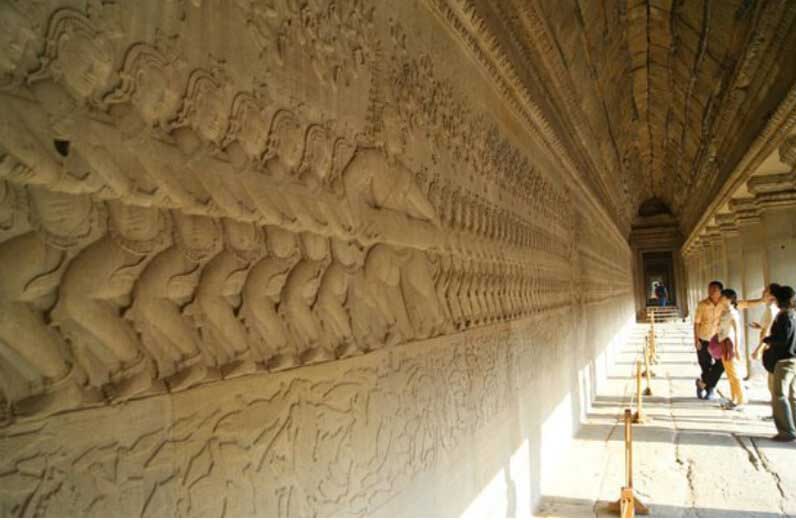
Hala-hal : The Poison
During the Samudra Manthan, hala-hal, a pot of lethal poison also came out of the ocean. It was supposed to be so toxic that it could have wiped out the entire creation. Lord Shiva drank the poison to save others. However, Parvati – Lord Shiva’s wife squeezed his neck so that the poison does not get into his stomach. Thus, it stayed in his throat neither moving up nor going down and Shiva remained unharmed. The poison was so potent that it changed the color of Lord Shiva’s neck to blue. For this reason, Lord Shiva is also called Neelakantha where ‘Neela’ means blue and ‘Kantha’ means neck.
Towards the end of the churning Dhanvantri ( god of medicine) appeared with the pot of holy nectar. Once the amruta was out, the demons forcefully took it away which was followed by a war between the devas and the asuras.
Finally, Vishnu disguised as the enchanting Mohini (danseuse) tricked the demons and recovered the nectar pot and handed it over to the devas. This story is known to almost everyone in India. The Samudra Manthan story at Angkor Wat raises a lot of questions in our mind about the erstwhile Kingdoms, relationship between India and Cambodia during ancient time, battle for expansion and faith. And this definitely warrants a visit to the Angkor wat and Cambodia. Click here to know more about Angkorwat
Visit Angkor Wat in Cambodia to imbibe the fullest depiction of Samudra Manthan…

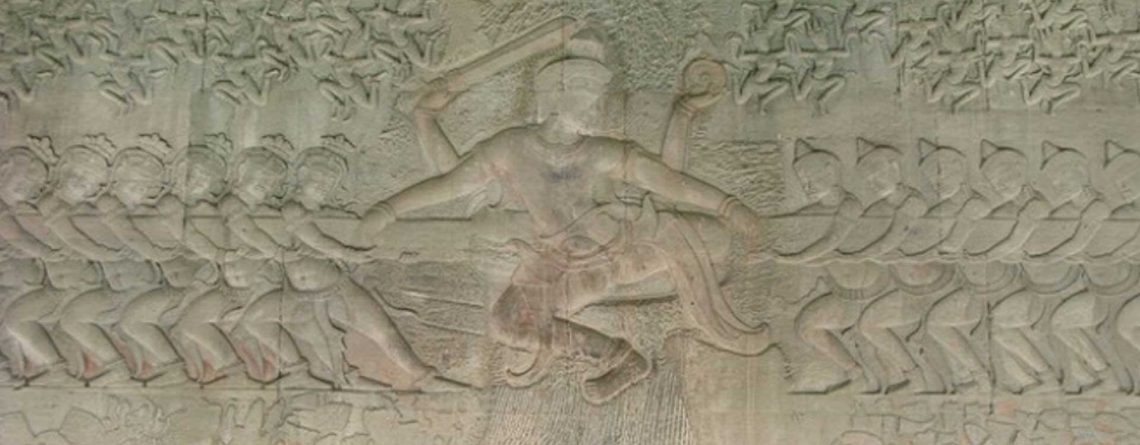
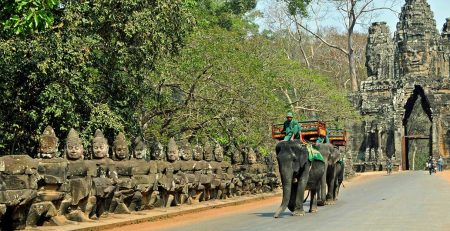
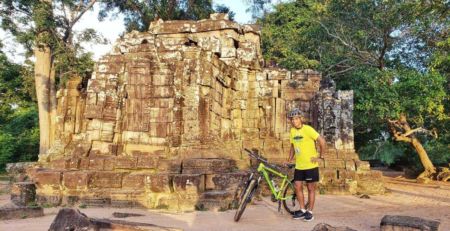

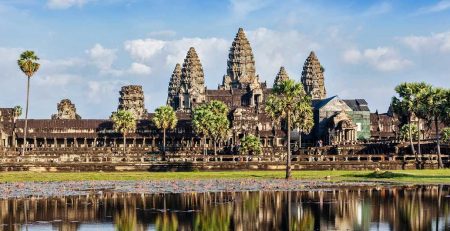
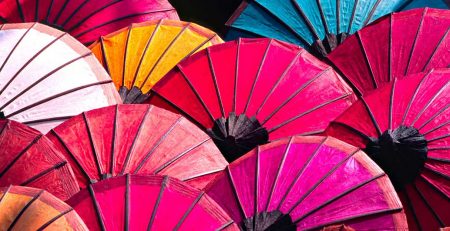
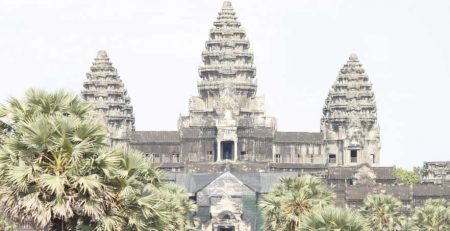
Leave a Reply